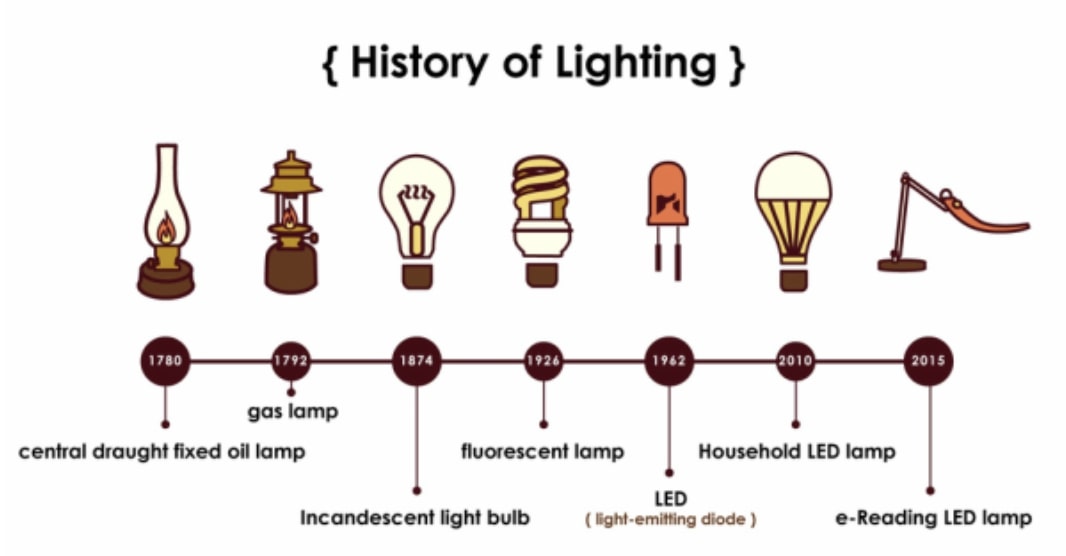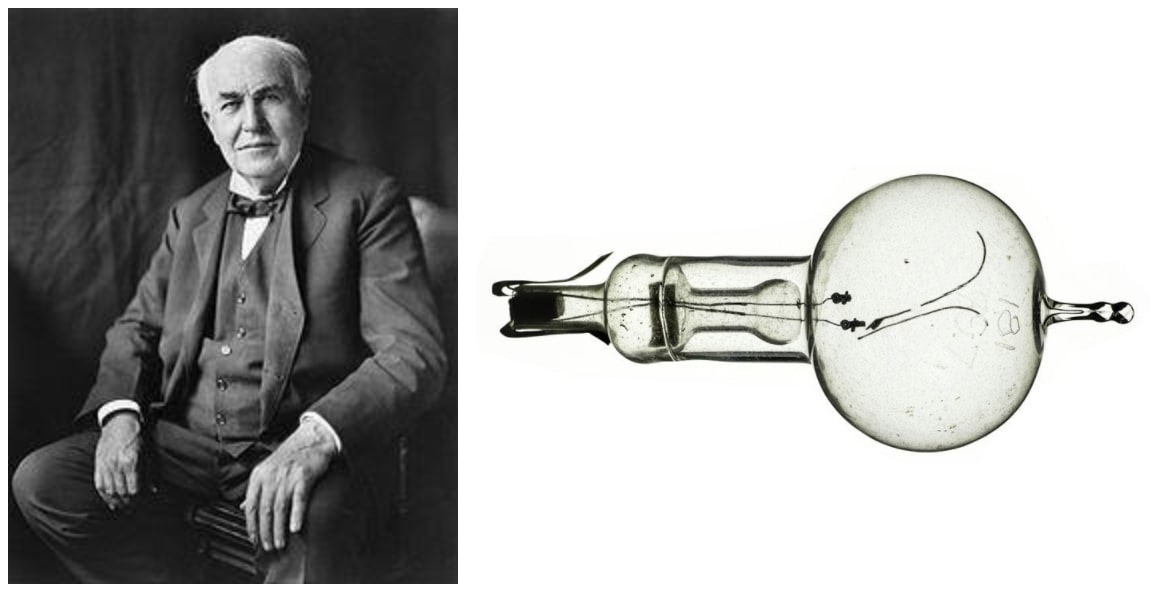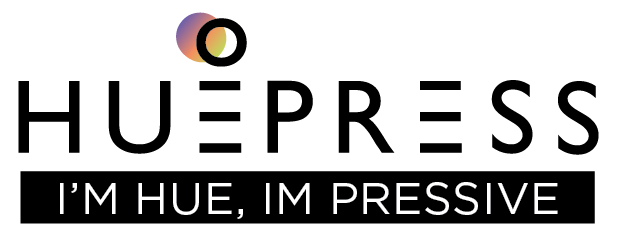Đèn thông minh, Tin công nghệ
myHUE lights take advantage of endless light resources
LIGHTING SCIENCE – myHUE USE ENDLESS LIGHT RESOURCES
myHue customize color among millions of colors
myHue customizes white light and customizes brightness CCT
myHue customizes the synthetic lighting mode set by each user

History of lights
[Nguồn: link]

A brief history of the light bulb
The electric light, one of the everyday conveniences that most influence our lives, was not “invented” in the traditional sense in 1879 by Thomas Alva Edison, although it can be said that he was the one who created it. The first commercially viable incandescent light bulb. He was neither the first nor the only one to attempt to invent the incandescent light bulb. In fact, some historians claim there were more than 20 inventors of the incandescent lamp before Edison’s version. However, Edison is often credited with this invention because his version was able to outperform previous versions thanks to a combination of three factors: efficient incandescent material, higher vacuum than others. achievable and high resistance makes it cost-effective to distribute power from a centralized source.
stub light bulb
In 1802, Humphry Davy invented the first electric light. He experimented with electricity and invented the electric battery. When he connected the lead to the battery and a piece of carbon, the carbon glowed, producing light. His invention became known as the Electric Arc lamp. And while it does produce light, it doesn’t produce long and bright enough for real-world use.
Over the next seven decades, other inventors also created “light bulbs,” but none of the designs appeared to have commercial application. More notably, in 1840, British scientist Warren de la Rue wound a coil of platinum filament in a vacuum tube and passed an electric current through it. The design is based on the concept that platinum’s high melting point will allow it to operate at high temperatures and that the vacuum chamber will contain fewer gas molecules to react with the platinum, improving its lifespan. Although an efficient design, the cost of platinum makes it impractical for commercial production.
In 1850, an English physicist named Joseph Wilson Swan created a “light bulb” by wrapping carbon paper filaments in a vacuum-sealed glass bulb. And by 1860 he had a working prototype, but the lack of a good vacuum and an adequate power supply resulted in a bulb with a life that was too short to be considered an efficient light-emitting product. In the 1870s, however, better vacuum pumps appeared, and Swan continued to experiment on light bulbs. In 1878, Swan developed a longer-life bulb using treated cotton yarn to eliminate the problem of premature bulb darkening.
On July 24, 1874, a Canadian patent was filed by a Toronto medical electrician named Henry Woodward and a colleague, Mathew Evans. They built their lamps with different sizes and shapes of carbon rods held between electrodes in glass flasks filled with nitrogen. Woodward and Evans tried to commercialize their lamp, but were unsuccessful. They eventually sold their patent to Edison in 1879.
Thomas Edison and the “first” light bulb
Thomas Alva Edison
In 1878, Thomas Edison began serious research to develop a practical incandescent lamp, and on October 14, 1878, Edison filed his first patent application for “Improvements in electric lamps”. However, he continued to experiment with several materials for the metal hairspring to improve on his original design, and on November 4, 1879, he filed another U.S. patent for a luminaires use “a filament or strip of carbon that is coiled and connected … to a platinum contact wire.”
Although the patent described several ways to make carbon fiber including using “cotton and linen fibers, wooden braces, rolled paper in various ways”, it was not until several months after the patent was published. level, Edison and his team discovered that a filament made of carbonized bamboo, the filament can last more than 1200 hours.
This discovery marked the beginning of the modern light bulb being manufactured, and in 1880 Thomas Edison’s company, the Edison Electric Light Company, continued to market its new product.

Other Notable Events
- 1906 – The General Electric Company was the first to patent a method of manufacturing tungsten filaments for use in incandescent light bulbs. Edison himself knew tungsten would eventually prove to be the best choice for the filament in incandescent light bulbs, but in his day the machinery needed to produce the wire in such fine form was not available.
- 1910 – General Electric’s William David Coolidge improves the manufacturing process to create the longest-lasting tungsten filament.
- 1920s – The first dimmer bulb is produced and is an adjustable wattage chandelier for car headlights and neon lights.
- 1930s – The thirties saw the invention of disposable photographic flash bulbs and fluorescent tanning lamps.
- 1940s – First ‘soft light’ incandescent bulb.
- 1950s – Quartz glass and halogen bulbs are produced.
- 1980s – New low-power metal halides are created.
- 1990s – Long-life bulbs and compact fluorescent bulbs are introduced for the first time.
Smart lights with million colors collection

For a smart lamp, the ability to customize the color and brightness according to the user’s wishes is the most basic thing. A collection of millions of customizable colors on the app is something any HuePress product can do. In addition, more intelligent features will bring users many unexpected new experiences. The myHue® Smart light product line is packed with smart features, including:
- Change color with a collection of millions of colors.
- Change the brightness of each color.
- Programmable multi-function lighting for each context of the day: Users can set specific effects for the lights at different times of the day and have the lights automatically repeat the mode for the next day.
- Alarm Timer with Different Alarm Color Modes: When you wake up with a soft light, it’s more comfortable than hearing a shrill alarm sound.
- Self-adjusting light helps you gradually fall asleep.
- Mixing colors with a multi-light system: Mixing colors will create a great light space for your room.
- Chill to the music with sound sensor dynamic color mode: In this mode, the lights will sense the sound and change color according to each syllable.



